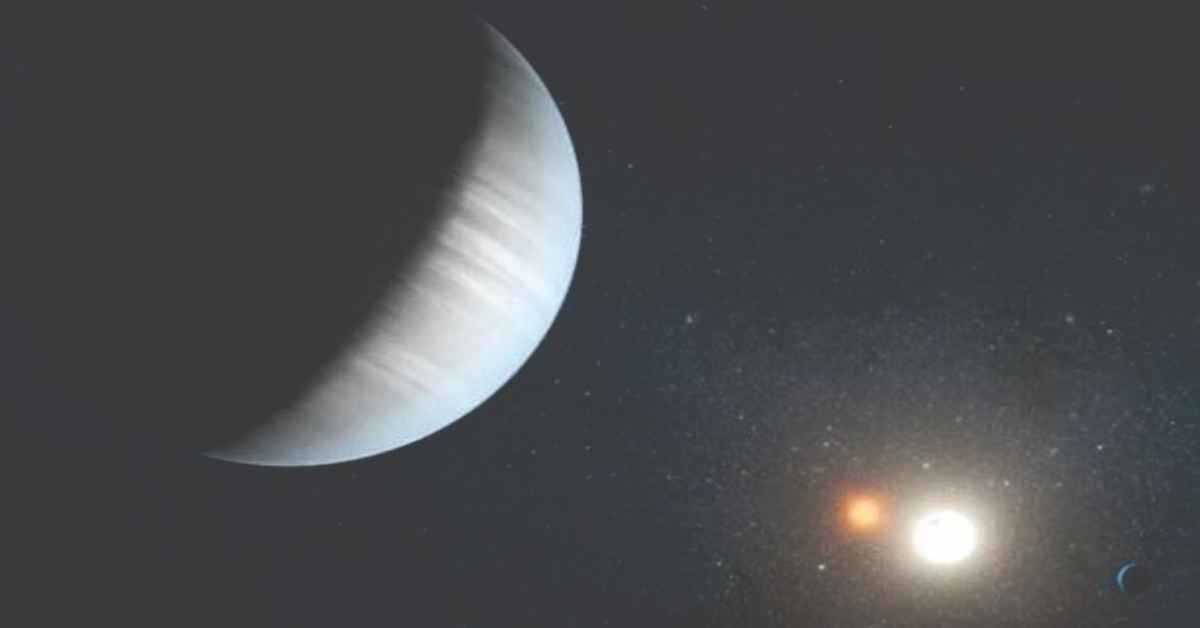Astral Visitor May Have Altered Solar System’s Planetary Paths, Study Finds
The team conducted additional simulations, including inner planets, to verify their findings.

A massive cosmic visitor might have passed through our solar system billions of years ago, permanently reshaping the orbital paths of the outer planets, according to a recent study.
The study sheds light on why the orbits of Jupiter, Saturn, Uranus, and Neptune deviate slightly from perfect circles.
Although planetary orbits are expected to be concentric and lie on the same plane, none of the planets in our solar system follow this ideal pattern.
The discrepancy has puzzled scientists for years. Renu Malhotra, a planetary scientist at the University of Arizona and co-author of the study, noted that theories involving planetary interactions failed to explain these irregularities fully.
To address this, researchers explored a novel idea: a planet-sized object, possibly up to 50 times the mass of Jupiter, might have flown through the solar system around 4 billion years ago.
Using 50,000 computer simulations, they modeled such encounters, altering factors like the object’s mass, speed, and proximity to the Sun.
While most simulations didn’t match the solar system’s current layout, about 1% recreated the present orbital paths. In these scenarios, the intruder passed near Uranus and, in some cases, grazed Mercury’s orbit.
“This range includes planetary masses to brown dwarf masses,” Malhotra explained.
The team conducted additional simulations, including inner planets, to verify their findings.
The results confirmed that a single flyby of a massive object could significantly tweak the outer planets’ orbits, shaping the solar system as we see it today.
This intriguing hypothesis could offer new insights into the early dynamics of our cosmic neighborhood.
